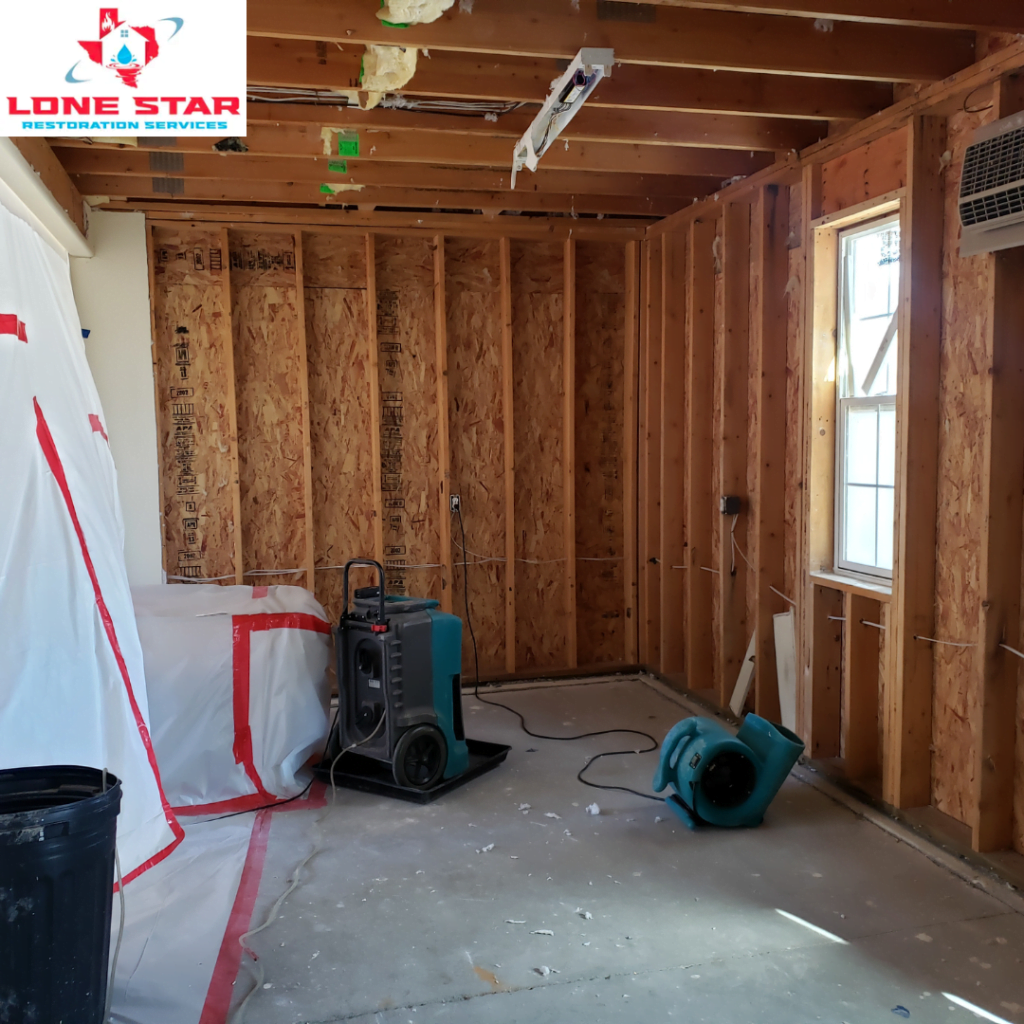Getting Your Home Ready for Winter: Essential Tips to Prevent Cold-Weather Damage
As the days grow shorter and the chill of winter approaches, it’s time to turn our attention to a crucial task: preparing our homes to withstand the challenges of cold weather. Winter, with its icy winds and freezing temperatures, can pose significant risks to our homes, from burst pipes and heating system failures to roof damage and energy inefficiency. But fear not, for with the right knowledge and preparation, you can fortify your home against the elements and ensure a warm, safe, and snug winter season.
In this comprehensive guide, we will explore the essential steps to take in “Preparing Your Home for Winter: Top Tips to Prevent Cold-Weather Damage.” From insulating and sealing your living spaces to safeguarding your plumbing, roof, and windows, we’ll provide you with actionable advice to protect your most significant investment: your home. We’ll also delve into emergency preparedness, ensuring that you and your family are ready for whatever winter may bring.
So, join us on this journey of winter readiness, and let’s make sure your home is a warm and inviting sanctuary throughout the frosty months ahead.
Insulate and Seal
Proper insulation and sealing are the first lines of defense against the harsh cold of winter. Inadequate insulation can lead to heat loss, higher energy bills, and discomfort. Here’s how to get your home ready:
- Check Your Insulation: Begin by inspecting your home’s insulation. Common areas to focus on include the attic, walls, and basement. Look for any signs of wear, damage, or gaps in insulation.
- Add Insulation Where Needed: If you find areas with insufficient insulation or signs of wear, consider adding more insulation. This investment pays off in lower heating costs and improved comfort.
- Seal Gaps and Cracks: Gaps and cracks around windows, doors, and in walls can let in cold drafts. Use weather stripping, caulk, or foam sealant to seal these openings and keep warm air in.
- Upgrade Windows: If you have older windows that are poorly insulated, consider upgrading to energy-efficient windows. Double- or triple-paned windows with low-emissivity coatings can make a significant difference.
- Don’t Forget the Doors: Check the condition of your exterior doors and replace weather stripping if it’s worn. Consider using draft stoppers at the base of doors to prevent cold air from creeping in.
By insulating and sealing your home effectively, you’ll create a cozy and energy-efficient environment that keeps the winter chill at bay.
Check and Service Heating Systems
Your heating system is your lifeline during the winter months. To ensure it runs efficiently and keeps your home warm, follow these steps:
- Schedule a Professional Inspection: It’s wise to have a licensed HVAC technician inspect your heating system before the cold weather sets in. They can identify any issues and perform necessary maintenance.
- Change Filters: Regularly change or clean your HVAC system’s air filters. Dirty filters reduce airflow and force your system to work harder, potentially leading to breakdowns.
- Programmable Thermostats: Consider installing a programmable thermostat if you haven’t already. It allows you to set different temperatures for various times of the day, optimizing energy usage.
- Ventilation: Ensure that your heating vents and radiators are unblocked by furniture or drapes. Proper airflow is essential for efficient heating.
- Check for Leaks: Inspect your heating system for gas or water leaks. If you smell gas or detect a water leak, shut off the system immediately and contact a professional.
- Emergency Shut-off: Familiarize yourself with how to shut off your heating system in case of an emergency. This knowledge can prevent accidents or further damage in critical situations.
Regular maintenance and professional inspections of your heating system are essential for your comfort and safety during the winter months. By addressing any issues proactively, you can avoid costly breakdowns and ensure your home stays warm throughout the season.
Protect Plumbing and Pipes
Frozen and burst pipes can be a homeowner’s nightmare during winter. Taking preventive measures can save you from costly repairs and water damage. Here’s how to safeguard your plumbing:
- Insulate Pipes: Insulate exposed pipes in unheated areas like the basement, crawlspaces, and attics. This helps prevent them from freezing.
- Outdoor Faucets: Disconnect and drain outdoor hoses, and shut off the water supply to outdoor faucets. Consider installing frost-proof spigots.
- Drip Faucets: On extremely cold nights, let faucets (both indoors and outdoors) drip slightly to keep water moving and prevent freezing.
- Seal Leaks: Inspect for leaks in your plumbing system and promptly repair any you find. Even small leaks can lead to frozen pipes.
- Maintain a Warm Temperature: Keep your home at a consistent temperature, even when you’re away. This prevents the interior from getting too cold and freezing the pipes.
- Open Cabinet Doors: In extremely cold weather, open cabinet doors under sinks to allow warm air to circulate around pipes.
- Know the Shut-off Valve: Locate and label the main water shut-off valve in case you need to turn off the water supply in an emergency.
By taking these precautions, you’ll greatly reduce the risk of frozen or burst pipes, sparing yourself the hassle and expense of plumbing repairs during the winter.
Roof and Gutter Maintenance
Your roof is your home’s first line of defense against winter weather, so it’s crucial to keep it in top condition. Here’s how to ensure your roof and gutters are winter-ready:
- Roof Inspection: Examine your roof for any signs of damage, including missing or damaged shingles, cracked flashing, or worn-out seals around vents. Address any issues promptly to prevent leaks.
- Clean Gutters: Clogged gutters can lead to ice dams, which can cause significant roof damage. Clear leaves, debris, and dirt from your gutters and downspouts to ensure proper water drainage.
- Trim Overhanging Branches: Trim any tree branches that hang over your roof. Heavy snow and ice can cause branches to break and damage your roof.
- Roof Snow Removal: After heavy snowfalls, consider removing excess snow from your roof, especially if you notice significant accumulation. Roof rakes or hiring professionals can help prevent ice dams.
- Attic Insulation: Ensure your attic is properly insulated to prevent heat from escaping through the roof, which can lead to ice dams. Adequate insulation helps maintain a consistent roof temperature.
- Chimney and Vent Inspection: If you have a chimney or roof vents, make sure they are in good condition and properly sealed to prevent leaks and drafts.
- Professional Inspection: Consider hiring a professional roofer for a comprehensive inspection to catch any potential issues before they escalate.
Taking care of your roof and gutters is essential to prevent costly winter damage. By conducting regular inspections and maintenance, you’ll keep your home safe and dry throughout the colder months.
Prepare Your Windows and Doors
Drafty windows and doors can let in cold air, making it harder and more expensive to keep your home warm. Here’s how to prepare them for winter:
- Weather stripping: Check the condition of weather stripping around windows and doors. Replace any worn-out or damaged weather stripping to seal gaps effectively.
- Caulk and Seal: Inspect the areas around window frames and door frames for gaps or cracks. Use caulk or foam sealant to seal these areas and prevent drafts.
- Draft Stoppers: Consider using draft stoppers or door sweeps at the base of exterior doors. These prevent cold air from creeping in under the door.
- Heavy Curtains: Install heavy curtains or thermal blinds to add an extra layer of insulation. They help keep warm air in and cold air out.
- Window Insulating Film: Apply window insulating film to single-pane windows to improve insulation. It’s an affordable way to reduce heat loss.
By properly preparing your windows and doors, you can create a more energy-efficient and comfortable living environment during the winter months, all while reducing your heating bills.
Outdoor and Yard Preparations
Your outdoor spaces require attention as well to ensure a smooth transition into winter. Here’s how to get your yard and outdoor equipment ready:
- Winterize Outdoor Equipment: Properly store outdoor items like lawnmowers, grills, and garden tools. Clean them, remove any fuel, and store them in a dry, sheltered place.
- Outdoor Furniture: Clean and cover or store outdoor furniture. Exposure to winter weather can cause damage, so protect your investments.
- Garden Hose: Disconnect and drain your garden hose to prevent it from freezing and potentially damaging your outdoor faucets.
- Snow Removal Tools: Ensure you have the necessary snow removal tools, such as shovels, a snow blower, or ice melt. Be ready to clear driveways and walkways when snowfall arrives.
- Pathways and Driveways: Repair any cracks or damage to your pathways and driveways before winter arrives. Proper maintenance prevents slip hazards and costly repairs.
- Stock Up on Winter Supplies: Stock up on essential supplies like ice melt, snow shovels, and a roof rake. Being prepared helps you tackle winter-related tasks as they arise.
By preparing your outdoor spaces, you not only protect your property but also make winter maintenance tasks more manageable when the snow and cold temperatures arrive. These preparations contribute to a safer and more enjoyable winter season.
Emergency Preparedness
Even with thorough preparations, unexpected winter emergencies can still occur. Being ready for these situations is crucial for your safety and peace of mind:
- Emergency Kit: Assemble an emergency kit that includes essentials like flashlights, batteries, non-perishable food, water, a first-aid kit, and blankets. Be sure to include any necessary medications.
- Power Outage Preparedness: Have a plan for power outages. Invest in a backup generator or portable power source if possible. Ensure you have backup heating methods like a wood-burning stove or space heaters (with safety precautions).
- Water and Gas Shut-off: Know how to shut off your main water and gas supply in case of leaks or emergencies. Label the shut-off valves for quick access.
- Communication: Maintain communication with family members, especially during severe weather events. Have a designated meeting place or contact person in case you get separated.
- Car Emergency Kit: If you must travel during winter storms, keep an emergency kit in your vehicle. Include items like warm clothing, blankets, a flashlight, and non-perishable snacks.
- Stay Informed: Keep abreast of weather forecasts and emergency alerts through a weather radio, smartphone apps, or a battery-operated radio.
By being prepared for emergencies, you can ensure the safety and well-being of your family during winter’s unpredictable moments. It’s always better to have a plan and not need it than the other way around.
Conclusion
As winter approaches, these proactive steps will help you prepare your home for the challenges that cold weather can bring. From insulation and heating system maintenance to protecting plumbing and outdoor spaces, a well-prepared home ensures your comfort and minimizes the risk of costly winter-related damage. With a little effort and foresight, you can enjoy a warm, safe, and worry-free winter season.





